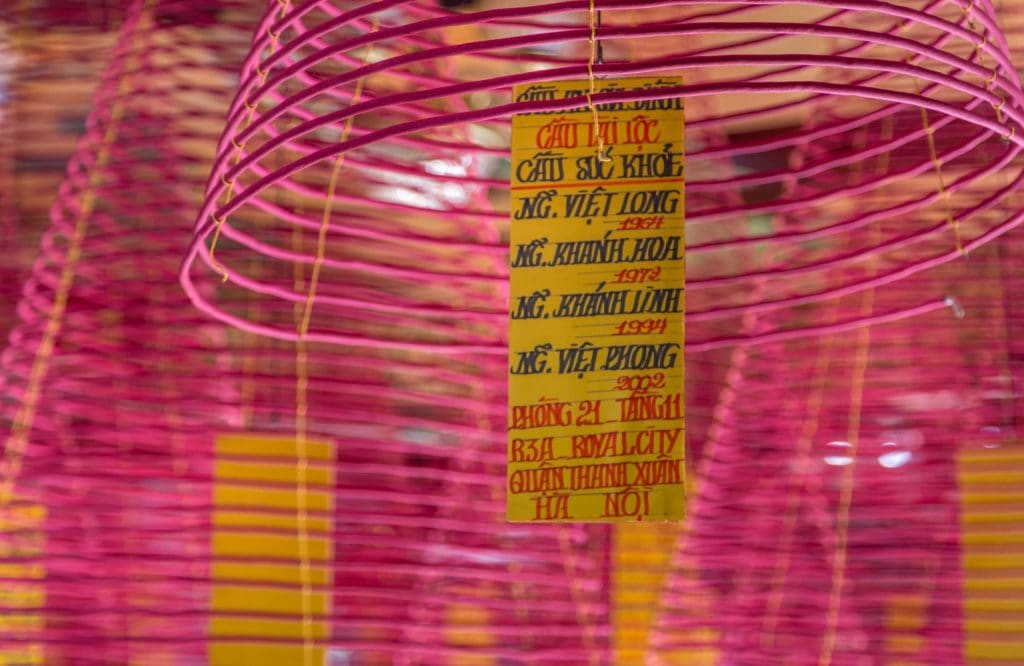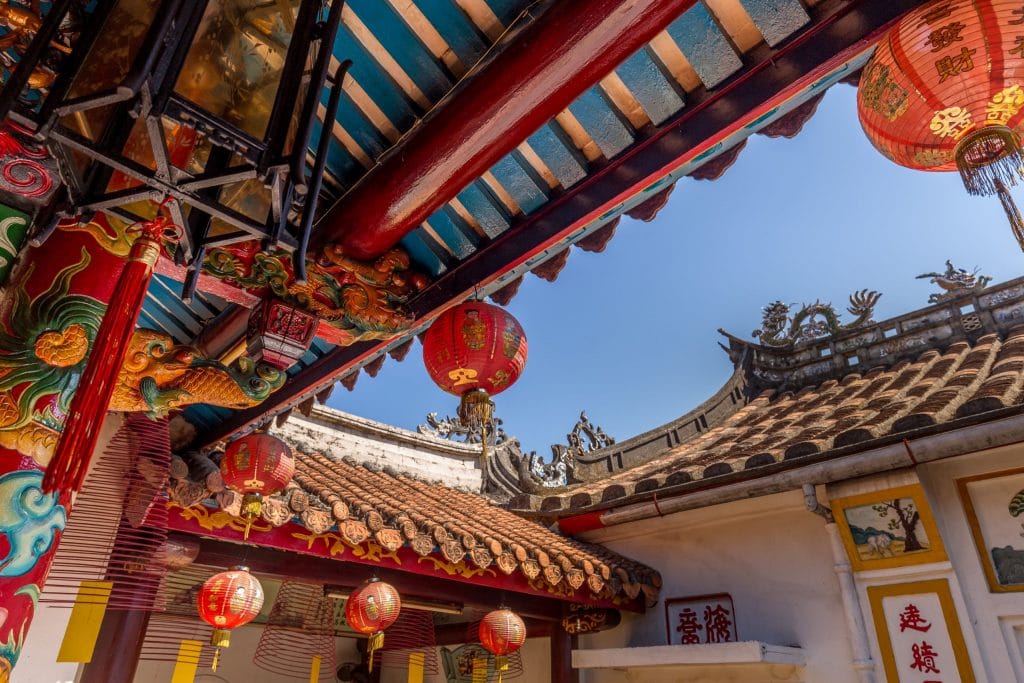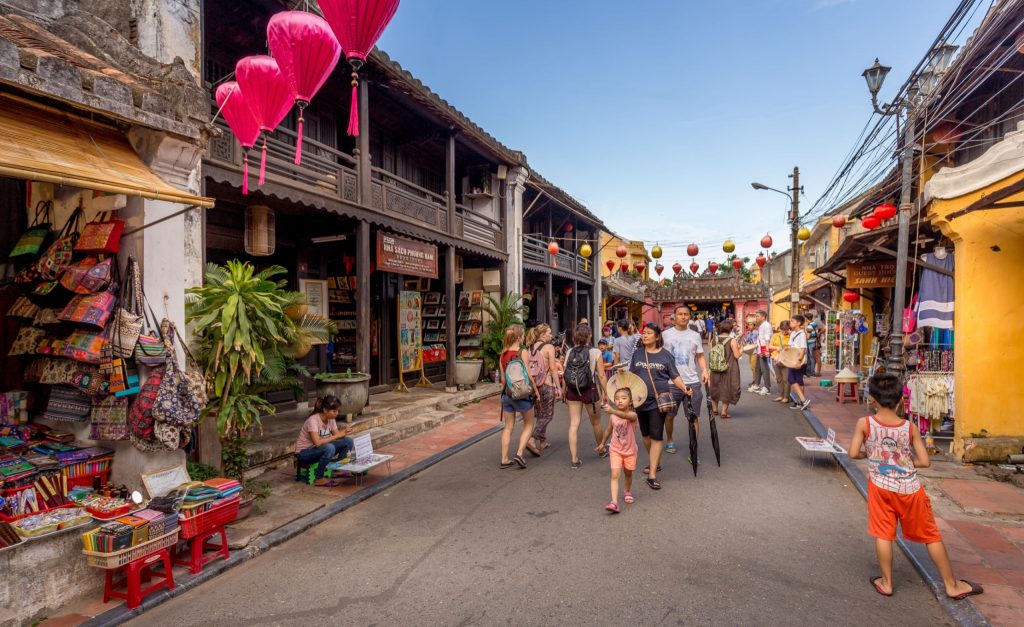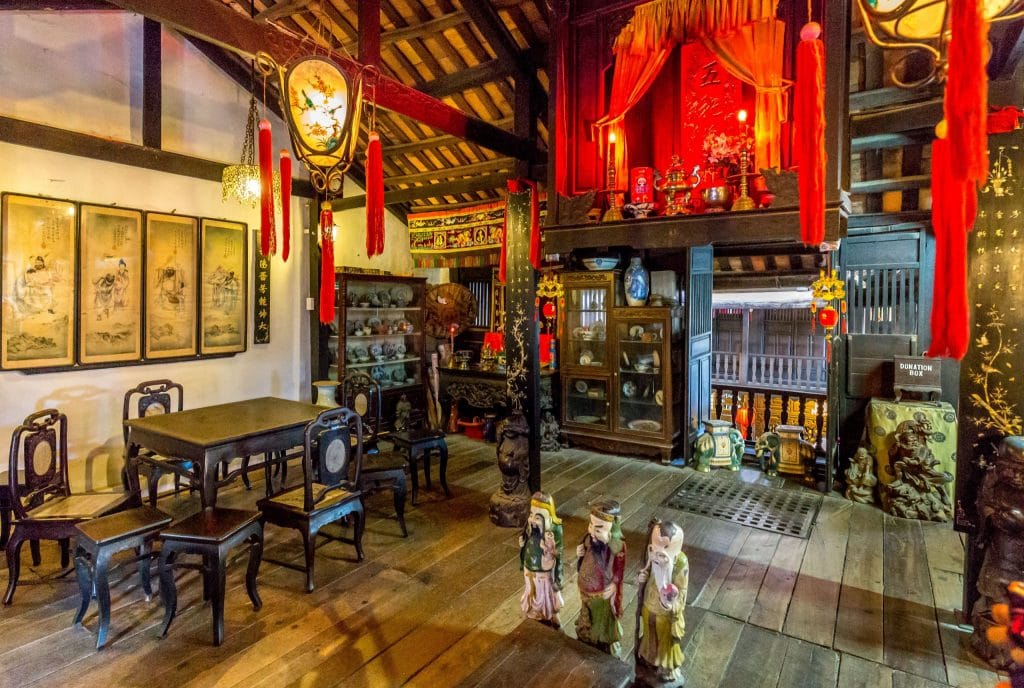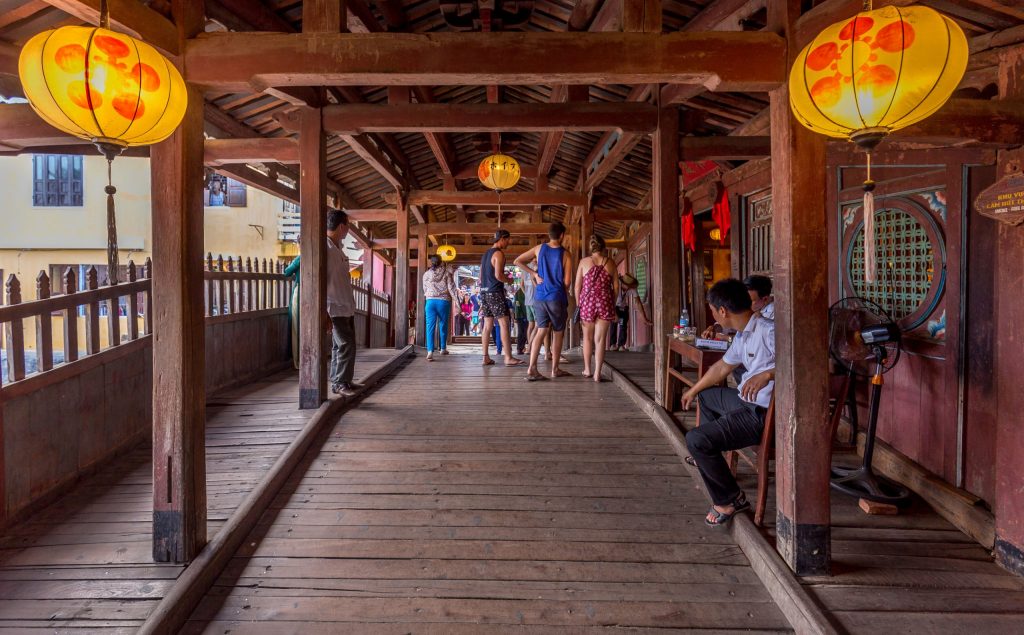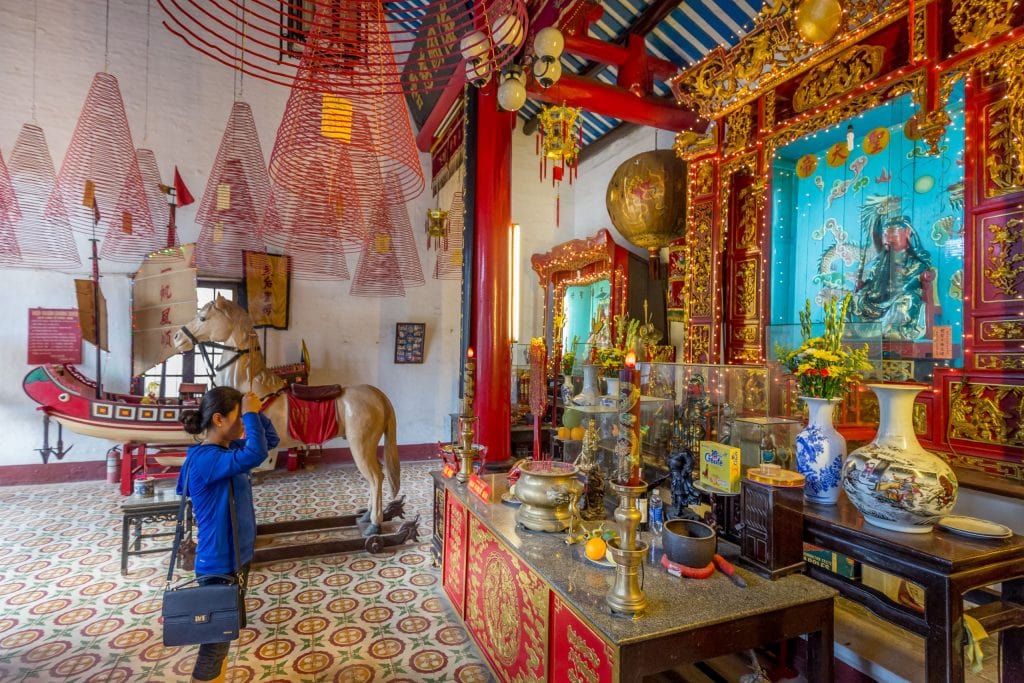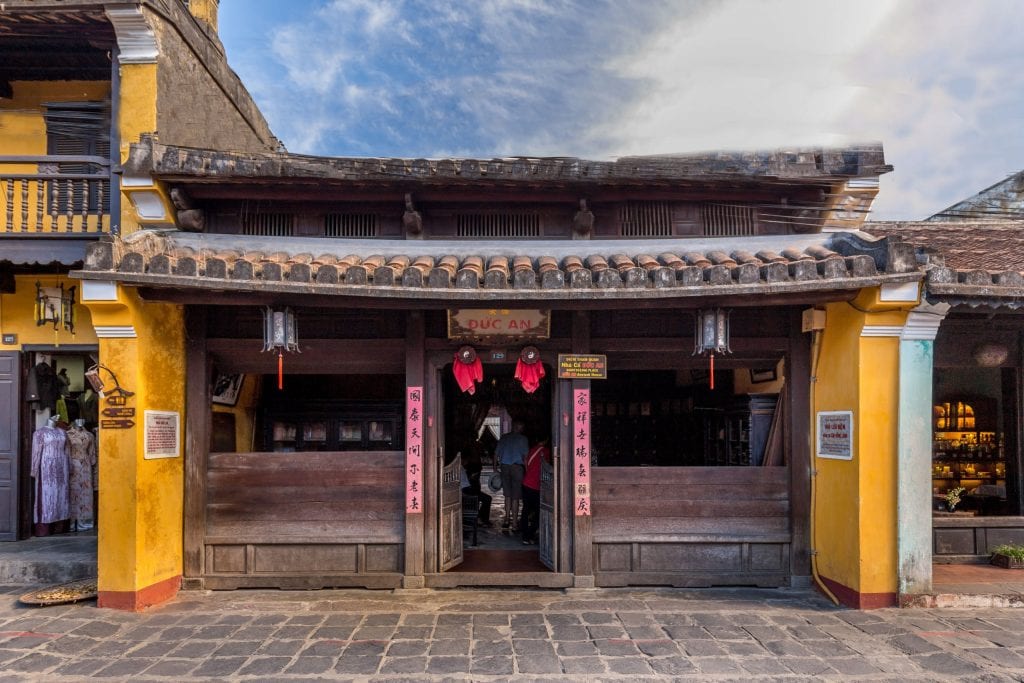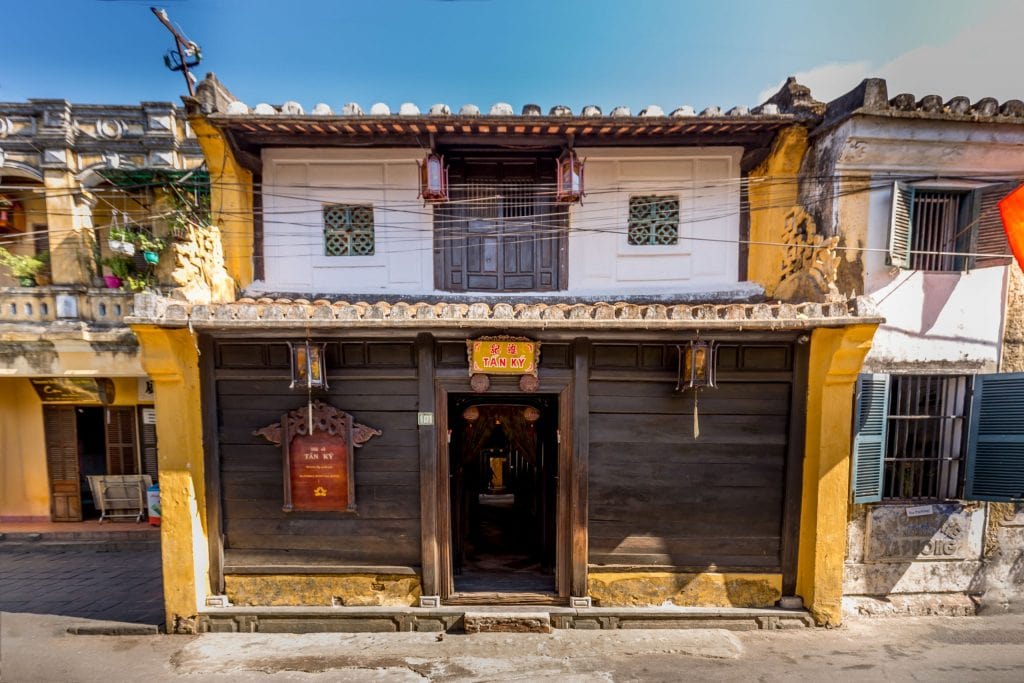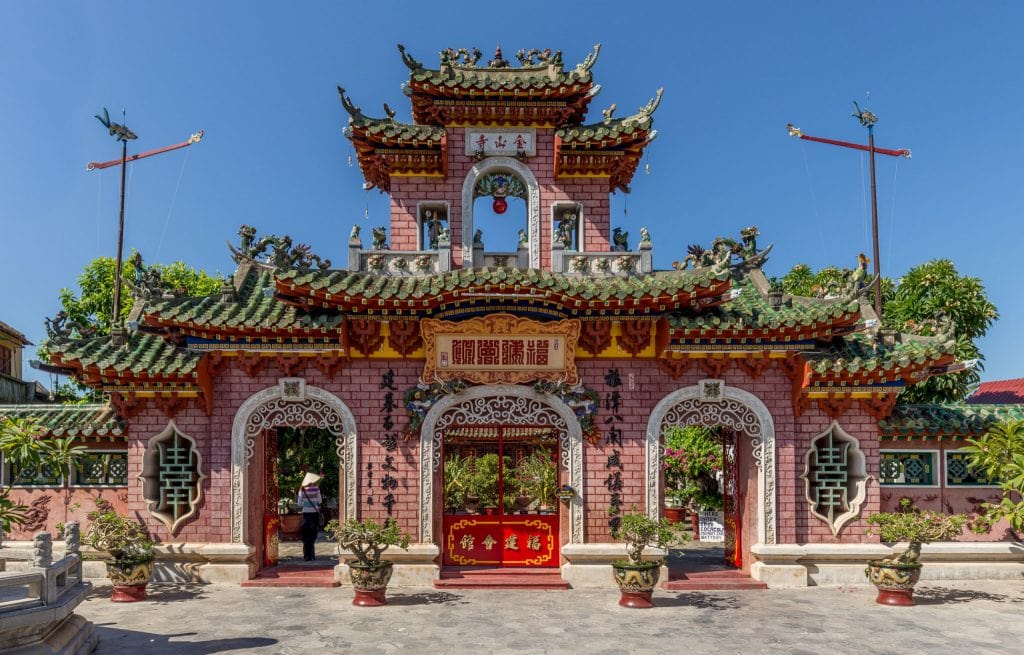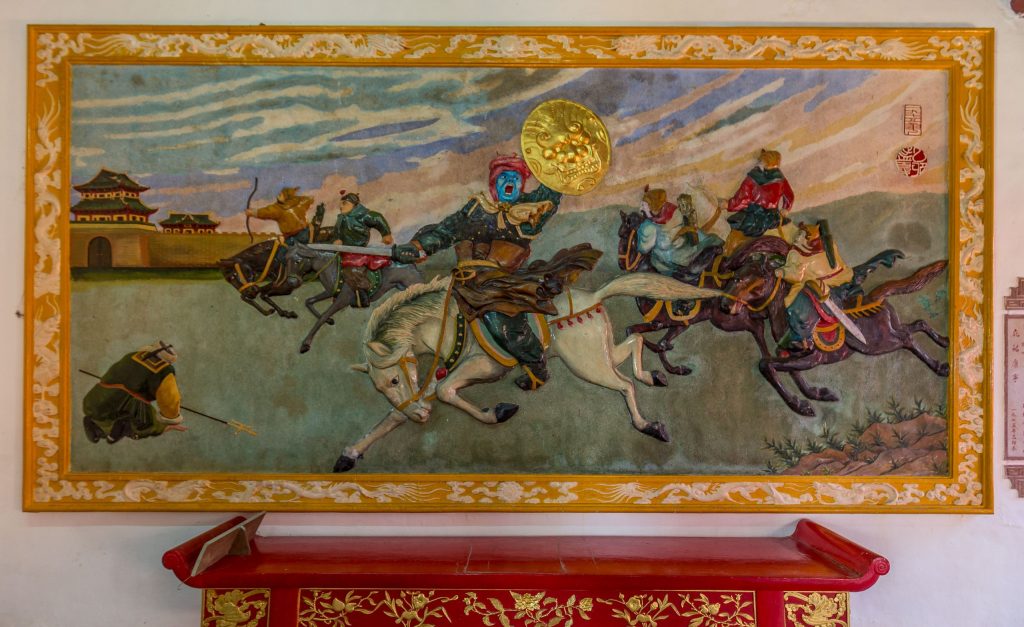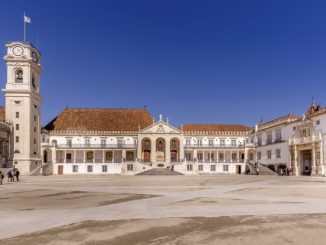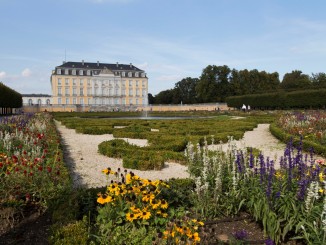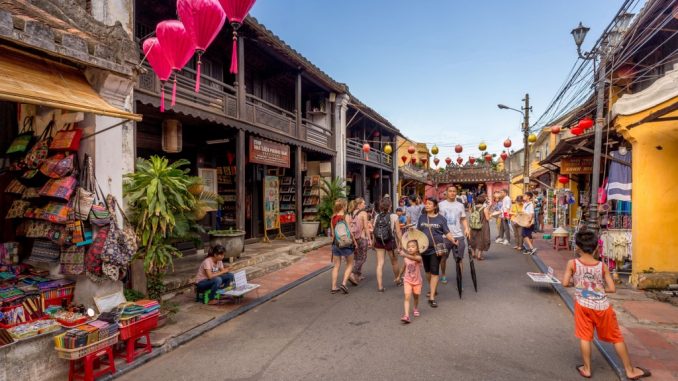
Table of Contents
Hoi An is an ancient town in Central Vietnam with history dating back over 2000 years. It’s a must see during any Vietnam trip. I visited Hoi An while on a trip through Central Vietnam. To explore the ancient town of Hoi An you do not need more as half a day but it’s a great place to just relax for a day. I take you to this UNESCO World Heritage Site and show you the most important sights.
A bit of Hoi An history
History at the place of Hoi An dates back over 2000 years to the Sa Huynh culture. This culture predates the Cham people. At that time Hoi An, or also called Faifoo, already flourished with a harbor serving ships from faraway lands. From the second century it was part of the Champa Kingdom which stretched from Central Vietnam towards the south. In the early 30’s of the 19th century it got annexed by the Vietnamese Kingdom. The Chinese and Japanese traded a lot in Hoi An and merchants settled there. Today you can see these Japanese and Chinese influences in the architecture and culture. After the Champa Kingdom lost Hoi An the main trading port was moved to Da Nang. Hoi An became of less importance. This also kept Hoi An in its original state and untouched. Today one can see the original buildings of that time.
VIETNAM – Must see things in two weeks; a sample Vietnam itinerary
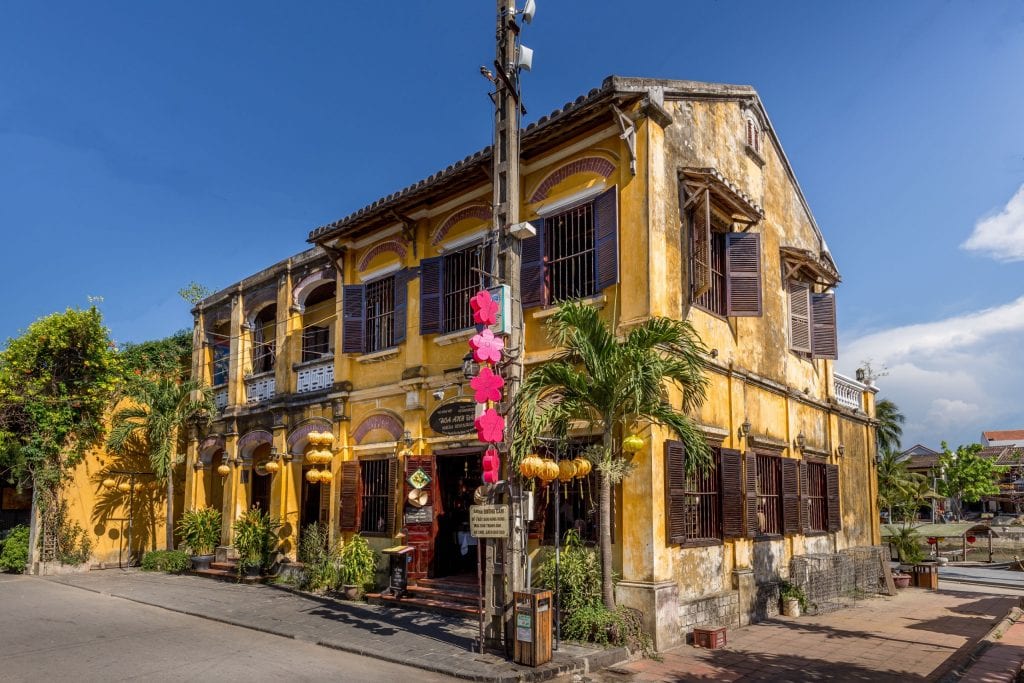
Visiting Hoi An
Hoi An is easily walked on foot. You can cross from one side to the other easily as distances are not far. To walk each street of the UNESCO World Heritage Site takes not more as two hours. There are basically two main streets running parallel and one opposite the river. To efficiently see everything walk first the outer and then the middle road and finish with the part opposite the river. The old town itself doesn’t require an entrance ticket (also not to walk across the Japanese bridge) but the sights do. The streets are lined with shops, mainly tailors. Unfortunately, as with many UNESCO old towns, houses are transformed to shops at warp speed. This does affect the atmosphere but if you are able to look through that you will discover the charm of Hoi An.
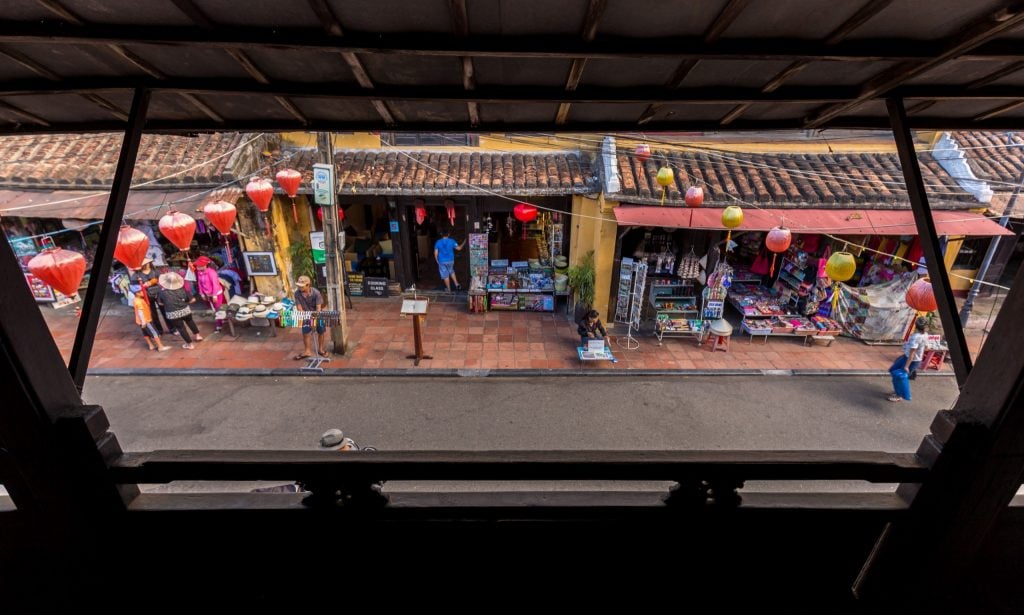
Places of interest in Hoi An
The entrance ticket at the time of my visit was just 120.000 Dong or about 5 euro. It gave access to 5 sites so I ended up buying two as I wanted to see more. There are several old houses still owned by the original families. There are three open for visitors which are the Phung Hung House, Quan Thang House and the Tan Ky House.
Phung Hung House, Quan Thang House and the Tan Ky House
The houses vary in age of 100 up to 200 years old. Personally I like the Tan Ky house the most followed by the Phung Hung house. The Quan Thang house is a bit similar to Tan Ky. Tan Ky house is a nice example of a house used in ancient Hoi An. Originally it had in the front a shop and in the back access to the river for trading goods. In the middle there is the living area of the family made up of different generations. On the second floor are various rooms for the family members. You can clearly see the Japanese and Chinese influences in this house. The crab-shell ceiling is a nice example of Japanese influence. There is a family altar located in the front and walls are decorated with images of past generations. On the walls are old plaques with text written on mother of pearl. A visit doesn’t take much time but is a must do to get a better understanding of the history of Hoi An.
VIETNAM – Must see things in two weeks; a sample Vietnam itinerary
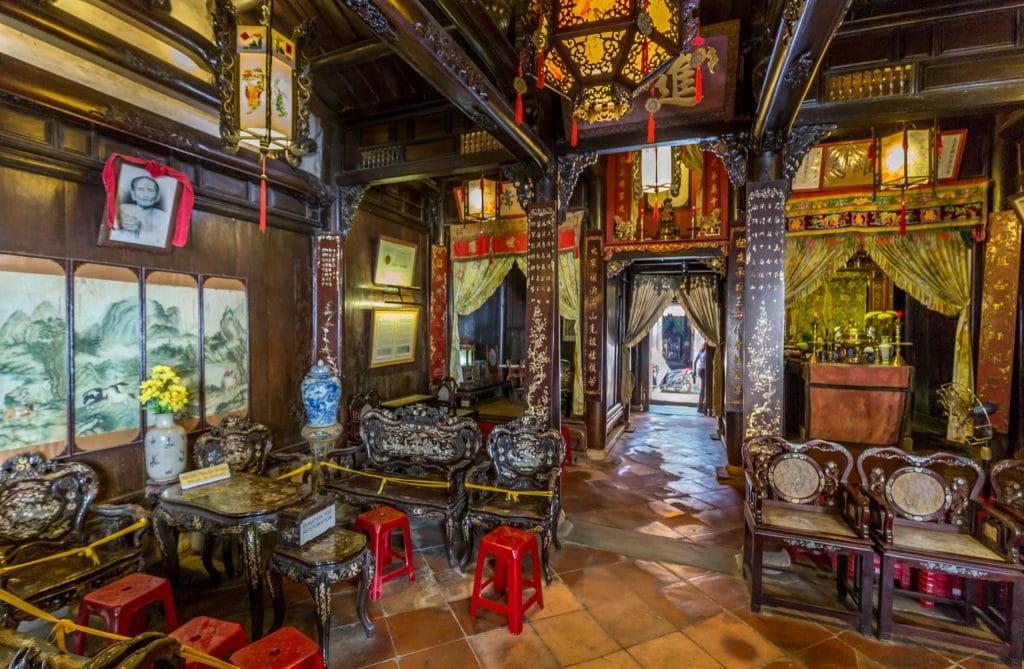
Hoi An Museums
Important museums in Hoi An are the Folk Culture Museum, Ceramics Museum, Sa Huynh Culture Museum and the History and Culture Museum. If you visit all of them count in some additional time.
Japanese bridge
Hoi An is home to a unique bridge called the Japanese Covered Bridge’s Pagoda. This is a wooden bridge covered by a roof. The connected pagoda in the middle of the bridge makes it unique. To cross the bridge you don’t require a ticket but to see the pagoda you do. If you are clever, just pass by and have a peek inside. You have seen it all as it’s just one room!
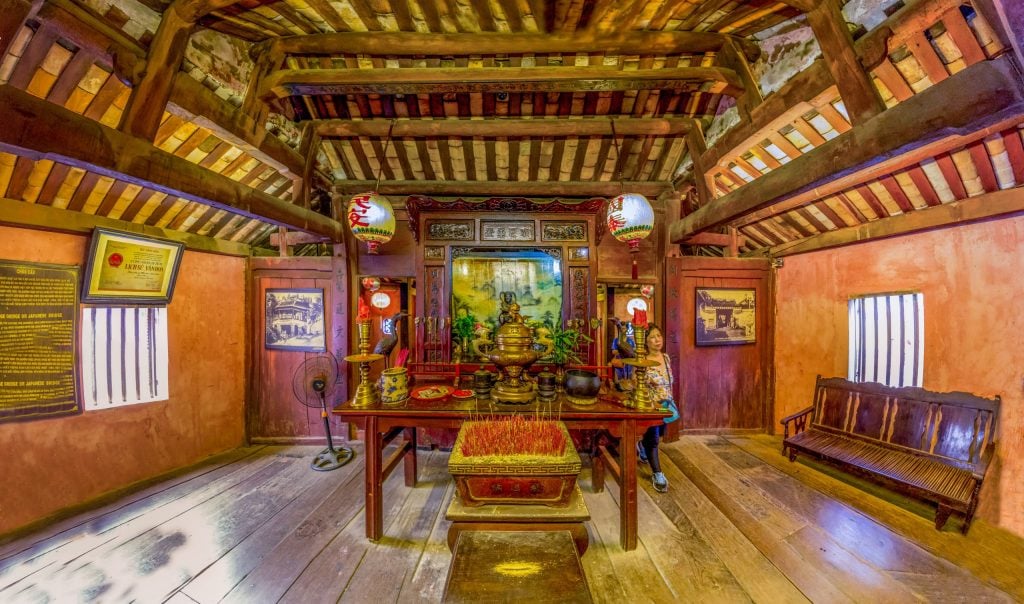
Quan Cong Temple
The Quan Cong Temple is one not to miss. It was built in the late 19th century by Cantonese people. It has a beautiful decorated archway and two temple halls for worshipping Quan Cong. The decorations are made of a mix between wood and stone. There are several assembly halls in Hoi An of which the Quang Dong Assembly hall is the best to visit. It was first dedicated to Mazu and Confucius but later for Guan Gong and his ancestors. It’s built by and used for gatherings by people from Guangdong, China. Especially the backyard I liked with its huge mural and huge dragon sculpture. The temple and the assembly hall are both beautiful examples of Chinese influence in Hoi An. Make sure you visit both.
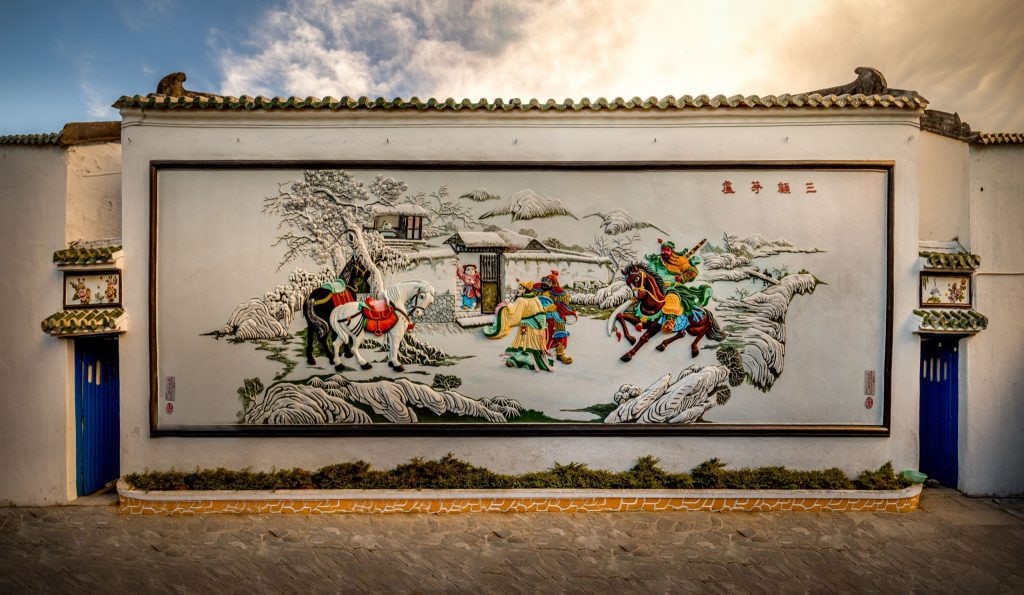
If you have seen the above places you will have a good understanding of Hoi An and its development. There are more place of interest of course and I did visit a few but they are more of the same. I stayed at the Palm Garden hotel near the beach which is a beautiful luxury hotel. If you are looking for other places then have a look at the Quang Nam Tourism website.
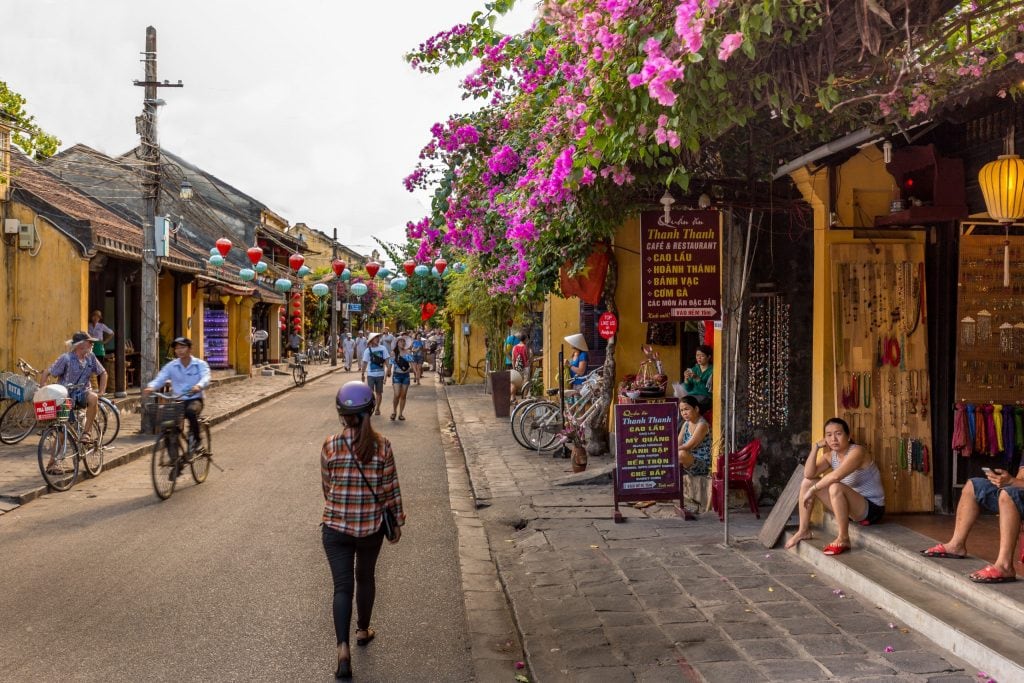
I walked through Hoi An for about half a day. This is enough time to see everything. The best time to visit is after lunch time or in the afternoon. It’s a bit quieter as most tour groups have left. In the morning you could do a half day tour to My Son Temple Complex, also a UNESCO World Heritage Site. Another option is to do a motorbike country side tour. Both well worth it; I did both on another day and will share my experiences in another article. Hoi An is a place you must visit on a 2 week Vietnam itinerary.
Stay tuned for more stories and subscribe to the newsletter or follow CTB on social media (Facebook, Twitter, Instagram including Instagram stories; on all social media you can find CTB @christravelblog) to get updated information.
Did you visit Hoi An too or do you have questions? Please leave a comment at the bottom of the page. Love to hear from you!
Gallery Hoi An day trip
Click an image for a full screen gallery of more photos taken during this trip. If you like to use any photo for commercial, private or editorial use please contact first for permission and/or pricing.


